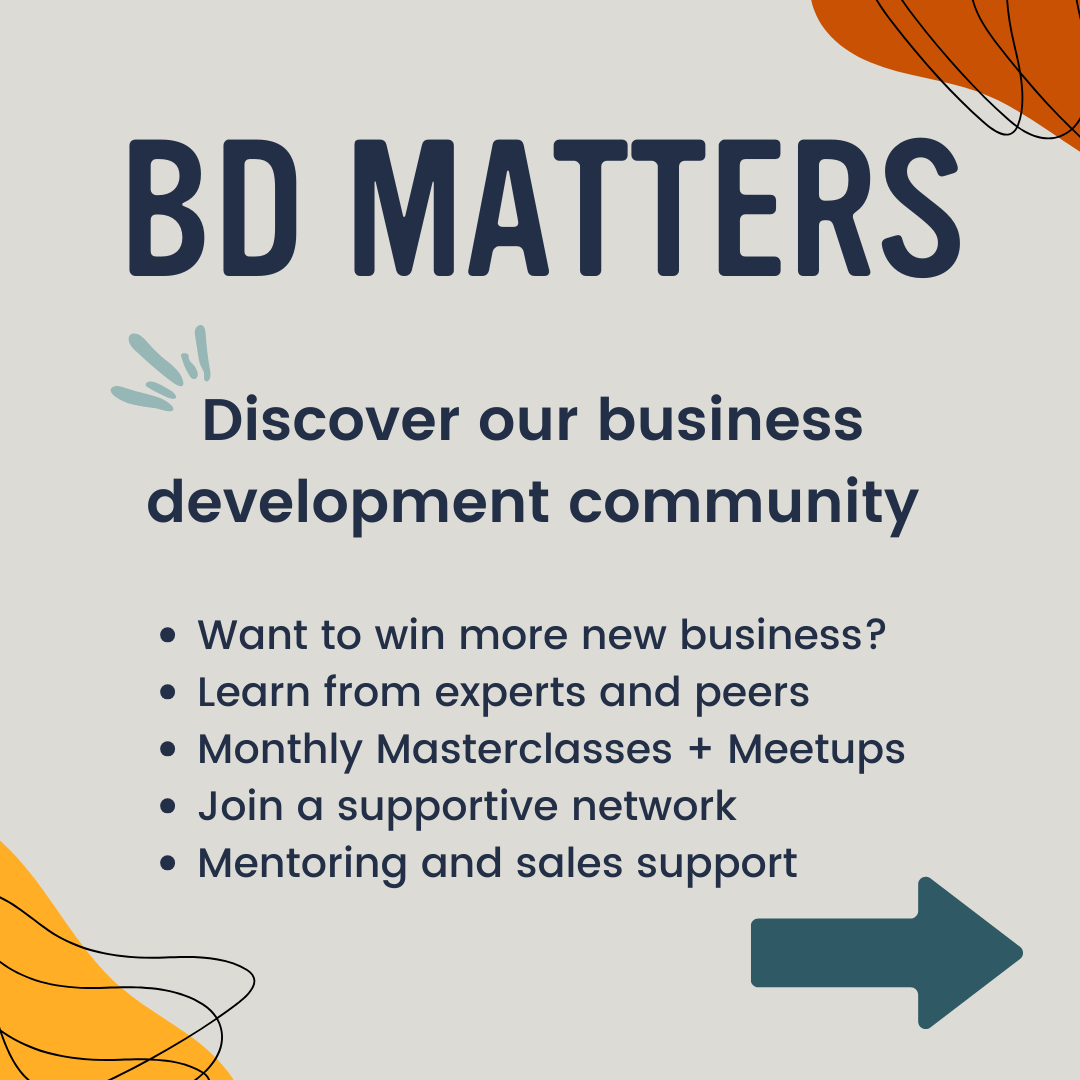
Half Human Half Robot: Automation in Business Development
May 26, 2022
Business development is a wonderful thing. The breadth and diversity of personalities, the conception of brilliant marketing concepts, the thrill of the chase and the closing of a sale! All very glamorous. And yet, beneath the surface, lie numerous processes, systems and manual tasks – capable of sucking the life from even the most upbeat and tenacious. Repetition and manual admin can often be the source of discomfort for individuals, but it can also be the cause of chronic inefficiency and missed opportunities.
Enter Automation.
You may think that your agency is too small to justify a time or cost investment in automation. Or, that there’s so much complexity in your multinational that you wouldn’t even know where to start. Or, like some of us, you may be living in denial of technology, because after all, who isn’t a tad concerned that we’ll be replaced by the bots?
No matter what your reasoning, automation should be embraced and applied – wherever and whenever it makes sense to do so. Like with most systemic things, automation can be scaled, from very basic and simple to very complex and sophisticated. In other words, there’s no reason why you wouldn’t use automation in the right capacity.
If you’ve read our blog on CRM systems, you’ll know how important it is to be using proper systems like Pipedrive and Hubspot. The CRM is the heart and foundation of your new business machine. You simply cannot live without one if you intend to do sales & marketing successfully.
Here’s a couple examples of processes you can and should automate within your CRM:
- Activities: create automated prompts that impose the setting of activities. Whether it’s a follow-up call, message, nudge over email, or reminder to book that lunch – always have your next move planned.
- Label changes: automatically update your contacts’ label. For example, changing them from ‘prospect’ to ‘client’ when a deal is won. If a deal is lost, automatically set up an activity to check back in in 6-12 months’ time. Who knows how their business will have evolved by then?
- Website integration: data forms, website tracking, chatbots… You’ll want to automate your website data capture as much as possible, ensuring you seamlessly capture leads as they organically visit your site, cleanly pulling their data into your CRM and prompting your team to take relevant action.
The list goes on, but you get the idea. Having workflow automations set up will save you time, avoid human error, alleviate manual work and push you to take process-driven action. Successful business development is an accumulation of many small actions done religiously day in day out.
We’ve listed some of the sales processes that can be automated, but what about from a Marketing perspective? Let’s take a look at some of the most crucial and valuable workflows we can put in place to layer in personalisation, improve marketing efficiency and ensure it doesn’t get neglected when you’re operating at capacity.
- Sync your CRM with your email marketing platform. Some systems have existing API integrations and therefore have two-way sync. If that’s not the case, use tools like Zapier, which allows two-way communication between systems that aren’t already integrated.
- Lead tracking and scoring. Your prospects automatically accumulate scores depending on their level of engagement with your content. Lead scoring systems are a valuable indication of when and how your sales team can tailor their approach to the individual.
- Create email journeys. This will require a bit of time and thought up-front, as you will be setting up emails to go out at regular intervals and based on certain triggers (if/and/or). If you can get to a place where you are keeping a segment of your database engaged without the headache of sending individually written emails, you are on the right track. Journeys can be actioned as a result of various key triggers, like hitting a lead score, visiting a specific webpage, signing up to an event or even engaging on social.
- Personas. Establish criteria for your key audience profiles. By setting these up, your contacts will automatically fall into persona buckets, providing they meet the criteria. This can trigger a journey, sending the prospect on a carefully crafted sequence of events.
- Build dynamic landing pages. Automation does not need to be synonymous of ‘spray and pray’. When done right, you can create personalised experiences based on multiple data triggers. Going back to the CRM – it’s absolutely VITAL that you keep your database accurately and rigorously tagged. That is the secret to being able to scale your processes successfully.
- Schedule social media posts and automate social listening. Facilitate posting socials and repurposing of content to have an always-on approach. There are some highly sophisticated tools out there (we use Sharpspring) that can automate social media listening, prompting you to identify and interact with prospects based on their engagements and posts across social channels.
Automation is an integral part of a smoothly running new business & marketing function. If you’re yet to apply it, start small and scale from there as you become more confident. Most people reading this will discover there are huge margins of improvement when it comes to operational efficiency in their sales and marketing teams.
Please contact us for a steer of the best tools, tech and processes you can start to put in place from today.

